Sigma SD14 Digital SLR Review
Sigma SD14 Digital SLR
How does the unique Foveon X3 sensor measure up to the competition?
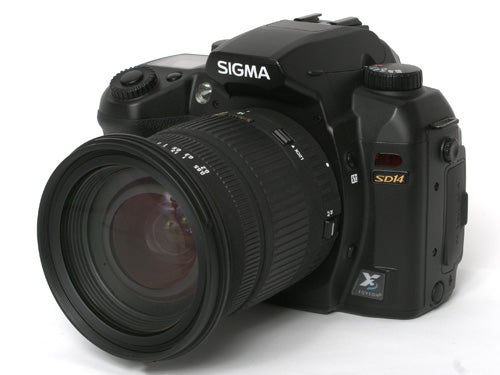
Verdict
Key Specifications
- Review Price: £799.00
The Sigma SD14 is unique. It is currently the only camera that uses a 14-megapixel Foveon X3 Direct Image CMOS sensor, which operates on a different principle to the Bayer-mask mosaic sensors used by every other digital camera on the market. It isn’t the first one to do so, since the two previous Sigma digital SLRs, the SD9 and SD10, used earlier smaller versions of the X3 sensor, but since those cameras are no longer in production the SD14 is the only model available that uses this innovative technology. For a brief explanation of the Foveon sensor and how it differs from a conventional CCD or CMOS sensor see this tutorial which I wrote a few months ago.

The main advantage of the Foveon sensor is that it detects all colours at every pixel location on the sensor, whereas conventional sensors can only detect either red, green or blue at any one location, with the full-colour image being interpolated from the combined signals of several individual sensors. In theory the Foveon X3 sensor is capable of producing sharper pictures, more accurate colour rendition and superior dynamic range. We’ll come back to this in a while, but first let’s take a look at the camera itself.
The SD14 is not a cheap camera. It costs around £799 body only, which is about the same price as a Nikon D200, and £200 more than the Canon EOS 30D. Add the superb Sigma 18-50mm F2.8 EX DC which arrived with my review camera and you’re looking at around £1,100, which is a lot of money to spend when there are several very good DSLRs on the market for under £500.
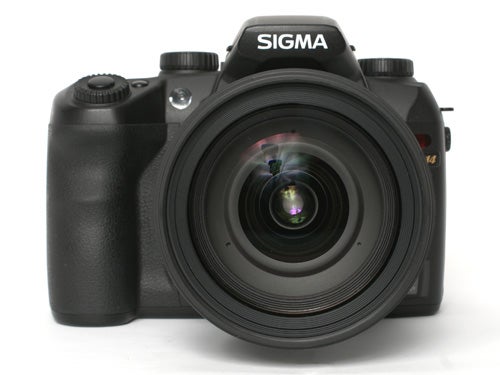
The initial impression of the SD14 is that this is a big, heavy camera. Admittedly I’ve been a little spoiled by the lightweight Olympus E-series DSLRs I’ve been using recently, but by any standards the SD14 is a substantial piece of kit. It measures 144 X 107.3 X 80.5mm and weighs 750g including the battery, which is about the same size and weight as semi-pro cameras such as the Canon EOS 30D or the Pentax K10D, and much larger and heavier than any of the 10-megapixel mid-range or entry-level cameras such as the Sony A100, Nikon D40x or Canon EOS 400D. It is a bit smaller and lighter than the D200 though. Fortunately that size and weight translates into solid construction and excellent build quality. The body is high-density plastic over a metal chassis, but it is very well made with close tolerance on all joints and control mountings. Sigma has been making some of the best third-party lenses in the world for over 40 years, and that experience shows in the construction of the SD14.
The two previous Sigma DSLRs had been rightly criticised for their brick-like shape and clunky handling, but the designers have obviously learned from this and the SD14 feels much more comfortable. It does still have some brickish qualities to its very rectangular body, with lots of straight lines and corners, but the large rubberised handgrip feels extremely comfortable and secure, and despite its weight the camera feels well balanced for two-handed operation, although like most large SLRs it’s a bit unwieldy to use one-handed.
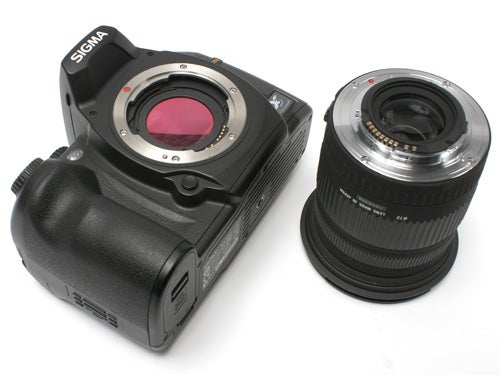
As well as the unique sensor, the SD14 has another unusual feature. It is fitted with an anti-dust filter, which is a disk of glass just behind the lens mount, in front of the reflex mirror and sensor, which effectively seals the interior of the camera and prevents dust from entering. Any dust that accumulates on the filter can be easily cleaned off with a lens brush or blower. This seems to me to be a better option than internal sensor-cleaning mechanisms, since it has no moving parts, but some of the dust problems with earlier Sigma SLRs came from particles generated by wear and tear in the shutter mechanism itself, which of course is behind the filter. However this may not be a problem for the SD 14, since its shutter mechanism is much improved. In fact I would say that it has one of the smoothest and quietest shutters of any digital SLR I’ve tested, on a par with Nikon’s best.The shutter speed range is also comparable to the best pro SLRs, with a speed range from 30 seconds to 1/4000th.
Other noteworthy features include the separate flash sync socket for connection to a studio lighting system, a much improved viewfinder with 98 percent frame coverage and a nice big bright screen, and a mechanical aperture preview button. It also has a backlit data display LCD panel on the top plate, which is a bit small but does the job.
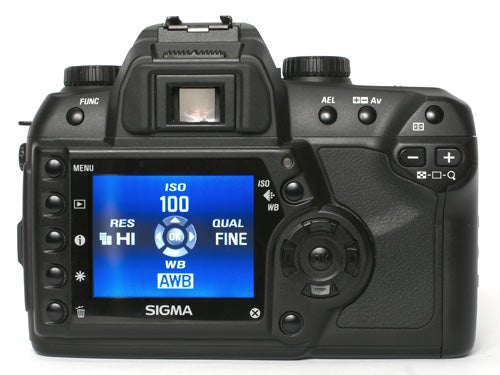
The range of external controls is surprisingly limited for a modern digital SLR, although there is a reason for this. There are two main dials on the top plate, one for selecting the main shooting mode, with a choice of single shot, continuous shooting, ten second or two second self timers, an anti-shock mirror-up mode, and adjustable auto bracketing. The other dial selects the exposure mode, and is limited to only program auto, aperture or shutter priority auto, or full manual exposure. Other external controls include exposure compensation, focus point selection, exposure lock and flash power adjustment. Pressing the Function button scrolls through a number of other basic adjustments, such as metering mode, flash mode, remote control channel and more, but this is a bit fiddly to say the least.
There are two on-screen menus, one a simple four-way selector for quick adjustment of picture quality, ISO setting and white balance, and a main menu which is concerned primarily with camera set-up functions, such as language, date and time, memory card formatting and the like. There are no on-camera options to adjust colour balance, noise reduction, dial-in white balance, compression rates or any of the other things that you’d probably expect to find on a modern high-end DSLR.
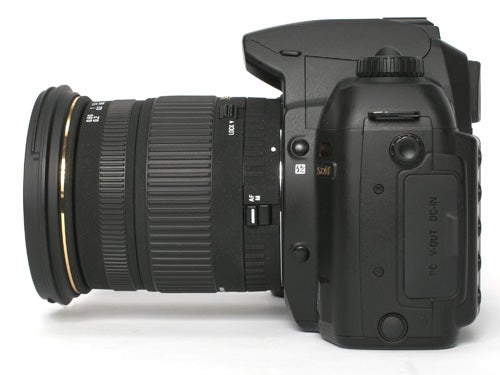
The reason that the camera control seems so limited is that the SD14 is primarily intended to be used in RAW mode, in conjunction with the Sigma Photo Pro 3.0 RAW processing software that is supplied with it. Unlike the previous Sigma DSLRs, the SD14 does have a JPEG mode (but still no RAW + JPEG), but it is in the RAW mode that all the versatility is found. The Photo Pro 3.0 software is specifically designed for use with the SD14 camera, and I have to say it’s one of the nicest RAW conversion programs I’ve used. It is quick, easy to understand and very versatile, and produces excellent results quickly. It does lack a couple of features that I’d like to have seen however, such as batch processing or integration with Adobe Photoshop, but as a stand-alone program it is very good. Speaking of Photoshop, many photographers use Adobe Camera RAW to convert their RAW files, but this is not recommended with the SD14; the results are very poor when compared to the results from the Photo Pro 3.0 software.
The software performs well, and so does the camera itself, although it does have its limits. Like most DSLRs it starts up very quickly, and is ready to take a picture in well under a second. The AF system is also impressively quick and accurate. It has five AF points which can be quickly selected individually or set to auto wide mode or predictive mode for fast moving subjects, and even in quick action shots it seldom misses the target.
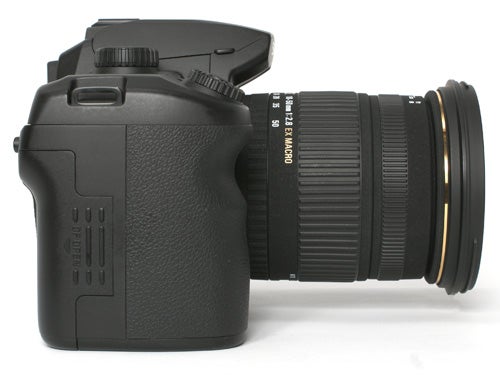
Continuous shooting speeds vary depending on the image quality settings. At the lowest quality it can rattle off an impressive three frames a second for about twenty frames before it has to pause to write to the memory card, but at the highest quality setting it shoots only six frames at two frames a second before the buffer is full. Even with a high-speed card, writing speed is very slow, taking around 50 seconds to empty the buffer. Fortunately the buffer is progressive, so once the first shot has been saved it is possible to shoot again, but in maximum quality JPEG mode this does mean a wait of nearly nine seconds. In RAW mode shooting speed is just over two frames a second, but the buffer does empty faster, in around 40 seconds.
Of course the whole point of the SD14 is its final picture quality, and here is where it excels, but it’s worth noting a few points when comparing it to other cameras. The Foveon X3 sensor captures all colours at all pixel locations, but calling it a 14-megapixel sensor is bending the truth a little. In fact it has a sensor resolution of 2,652 X 1,768 pixels, which is only 4.7 megapixels, but this is multiplied by three because there are three separate sensors at each site, which is where the 14-megapixel figure comes from. Comparing images shot with the SD14 to the numerous 10-megapixel DSLRs that I’ve tested over the past year or so, the overall level of detail is clearly higher, although not by much. However it is in colour reproduction and dynamic range that the SD14 really shines. Converting the lossless 12-bit RAW images to 16-bit TIFF image files produces results that I would compare favourably to high quality colour transparency film, with a dynamic range of around eight stops, which is significantly higher than most other DSLRs.
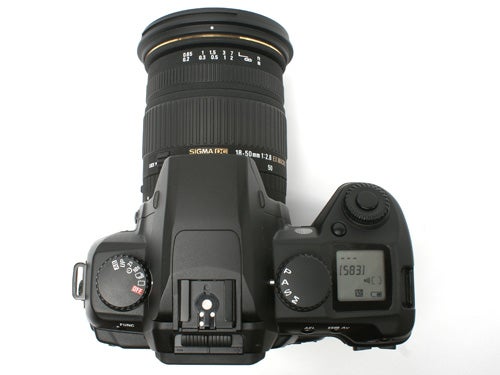
The only real downside seems to be image noise at higher ISO settings. At 100 and 200 ISO image quality is good, but starts to break down at 400, with reduced saturation and a slight green colour cast. The maximum ISO setting is only 800, but at this setting images lack colour saturation, and suffer from a nasty mottled green colour cast and heavy noise across the whole image. This is an unfortunate weak spot for an otherwise extremely impressive camera, and one which I hope is addressed in future models.
”’Verdict”’
The Sigma SD14 is a unique camera with some unique capabilities. It is solidly made, well designed and handles considerably better than its forerunners. Performance is generally good, although the slow write times are a handicap. In terms of image quality, overall detail and sharpness are superior to any 10MP DSLR, but it is colour reproduction and dynamic range that are the camera’s real strengths, with an almost film-like quality. While it may not suit everyone, I suspect the SD14 will find its fans among professional photographers who are prepared to put in a bit of work to get the best out of it.
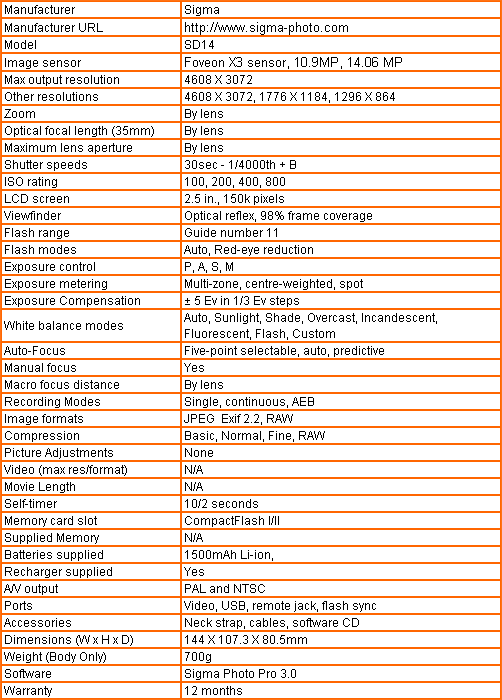
”Over the next few pages we show a range of test shots. On this page the full size image at the minimum ISO setting has been reduced to let you see the full image, and below that a series of full resolution crops have taken from original images at a range of ISO settings to show the overall image quality.”
—-
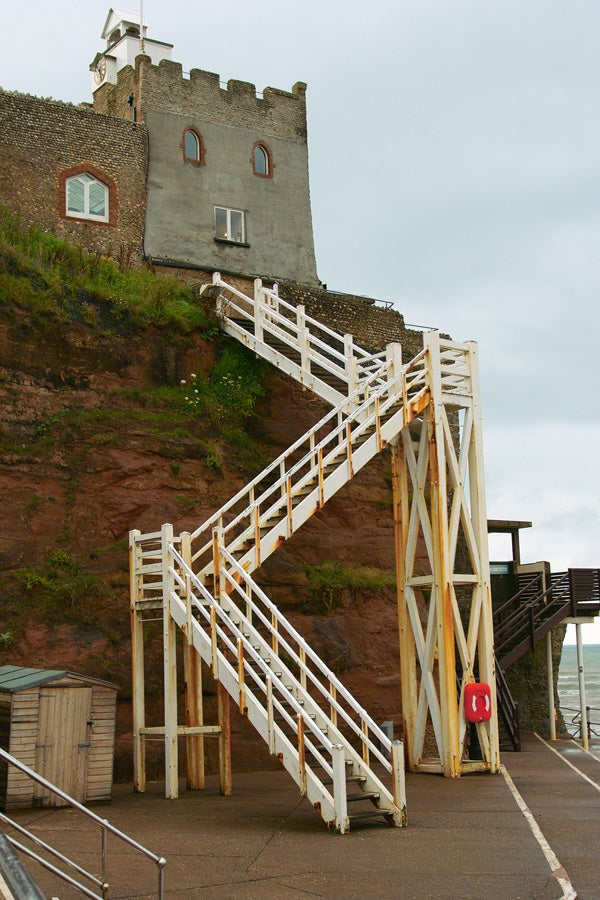
—-
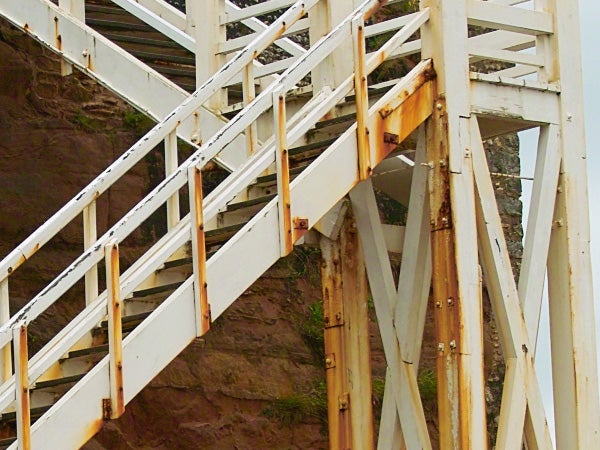
At the minimum 100 ISO, the image quality is flawless, with extremely good detail and colour.
—-
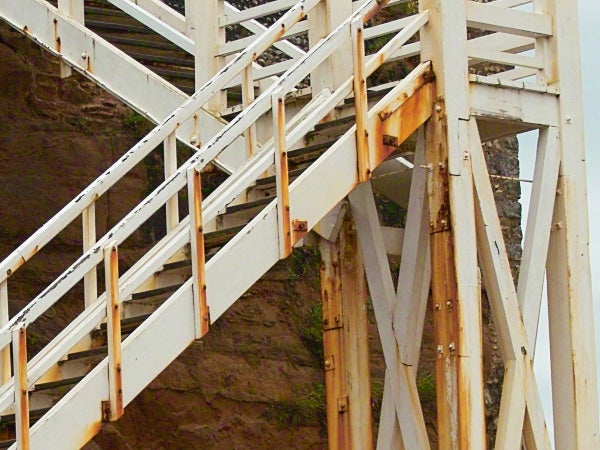
At 200 ISO the colour saturation is already a little faded, but overall detail is good with little visible noise.
—-
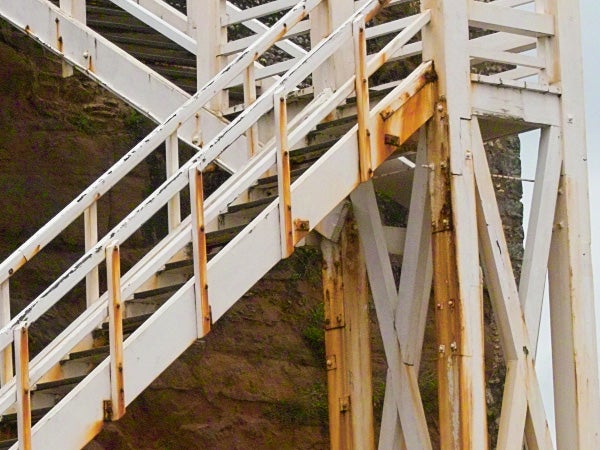
Image noise is visible at 400 ISO, with some breakdown of colour reproduction.
—-
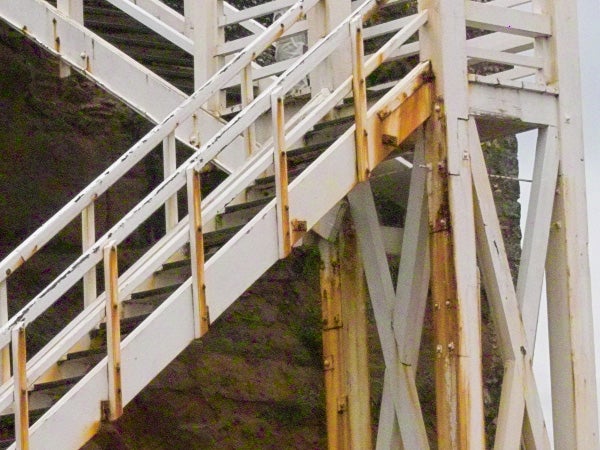
At 800 ISO the image quality is very poor, with distorted colour and visible noise.
—-
”A range of general test shots are shown over the next two pages. In some cases, the full size image has been reduced for bandwidth purposes, and a crop taken from the original full resolution image has been placed below it to show the overall image quality. Some other pictures may be clicked to view the original full-size image.”
—-
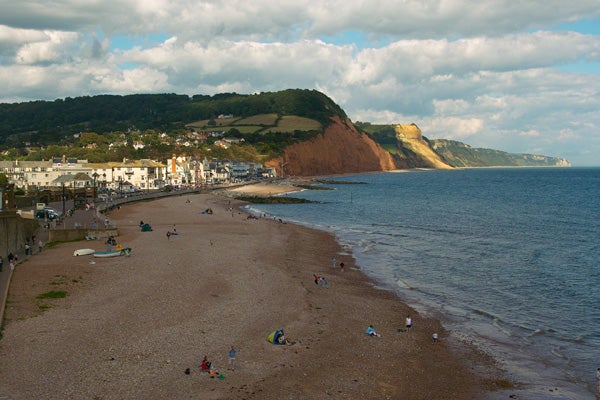
This is my usual shot to compare digital SLRs. Compare this with similar shots taken on, for example the Nikon D80 or Canon EOS 400D.
—-
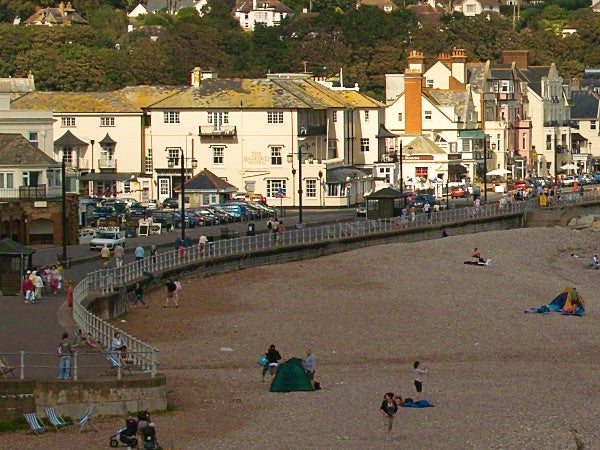
This is a full-res crop from the above image.
—-
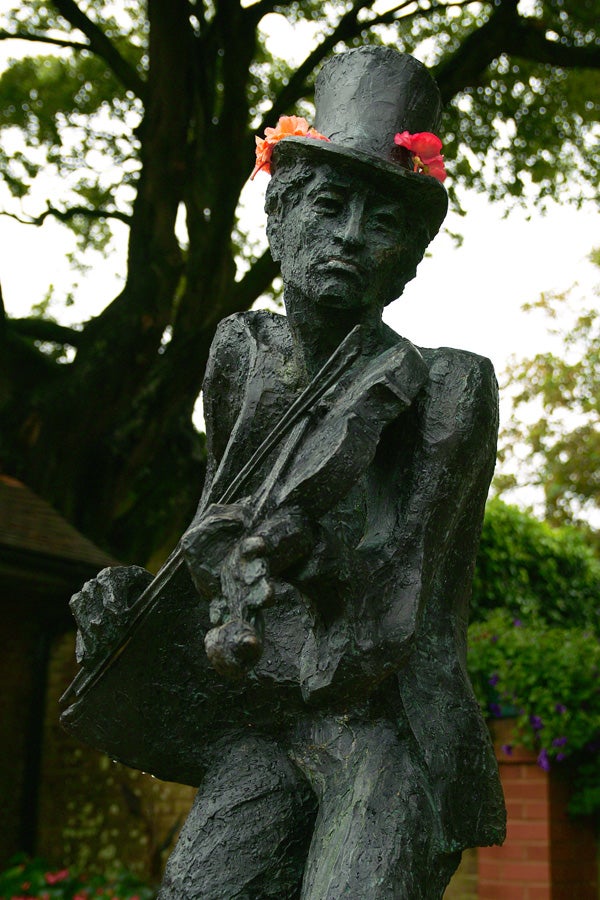
The SD14 has fantastic dynamic range, capturing a wide range of tones.
—-

There is absolutely no fringing on this high-contrast edge.
—-
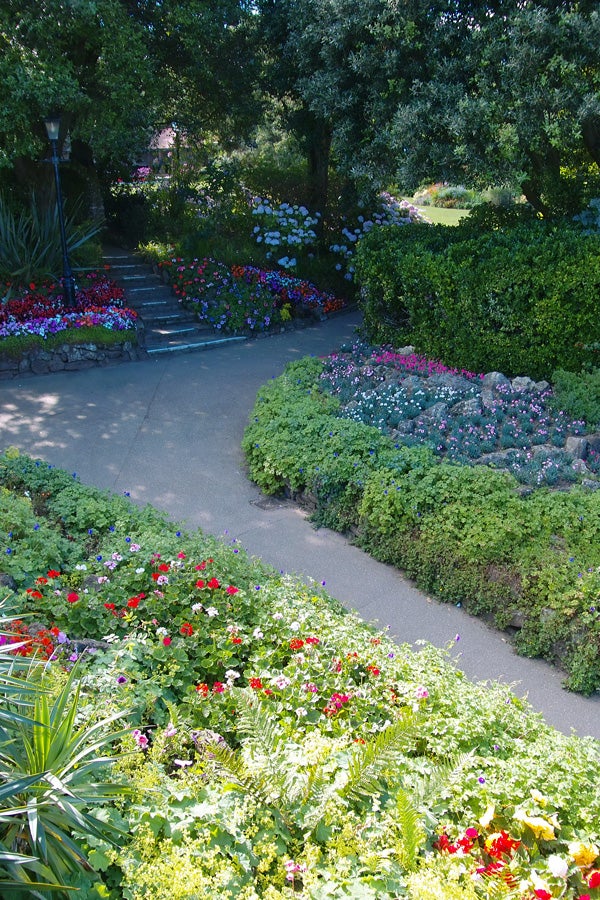
This shot was taken in bright sunlight (yes, we finally had some), but the SD14 has coped well with wide the range of brightness.
—-
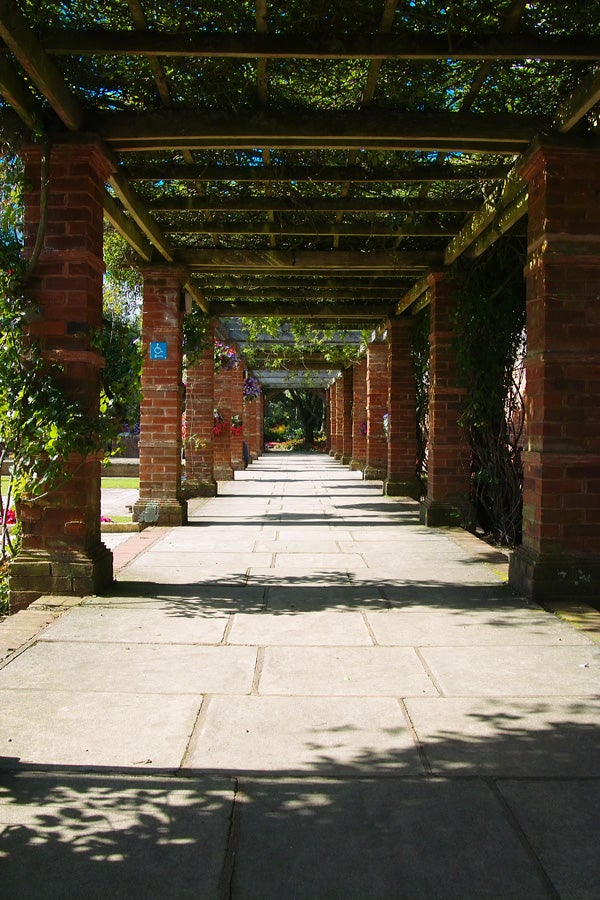
The superb Sigma 18-50mm F2.8 EX DC lens produces extremely sharp detail and virtually no distortion.
—-
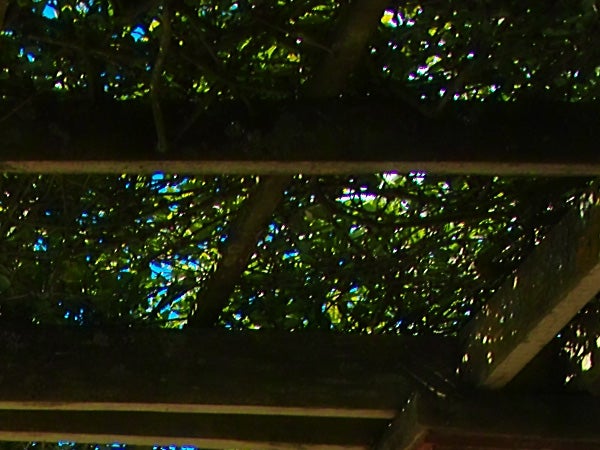
This corner crop from the image above shows the excellent corner sharpness.
—-
”A range of general test shots are shown over the next two pages. In some cases, the full size image has been reduced for bandwidth purposes, and a crop taken from the original full resolution image has been placed below it to show the overall image quality. Some other pictures may be clicked to view the original full-size image.”
—-
These next three shots were taken using continuous shooting mode at high quality.
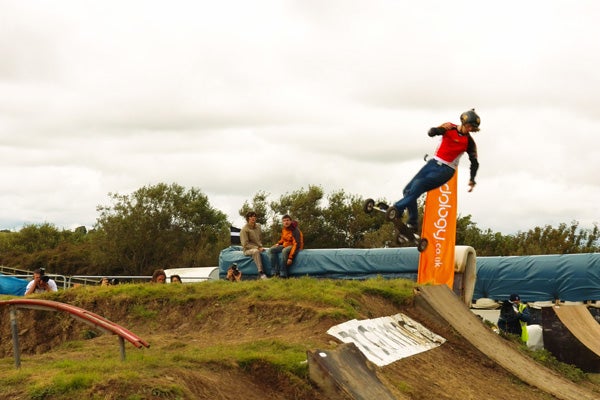
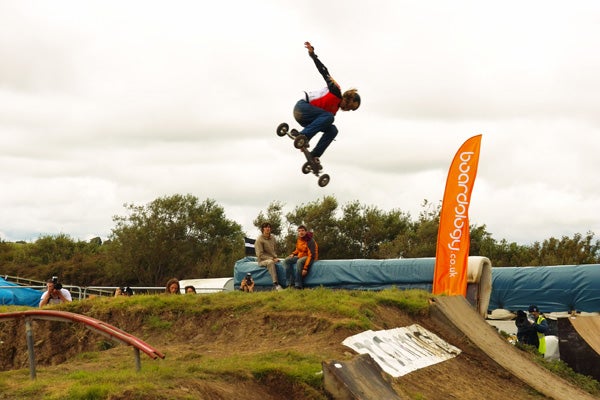
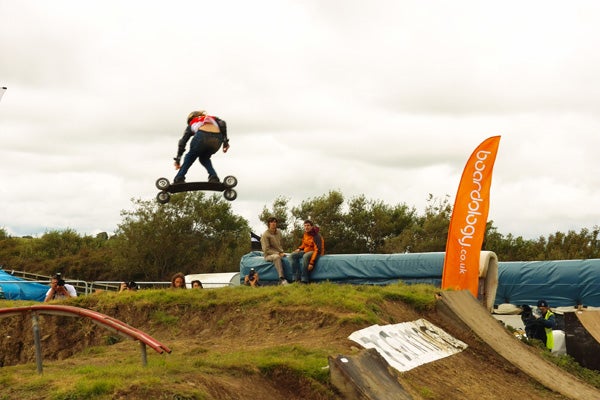
—-
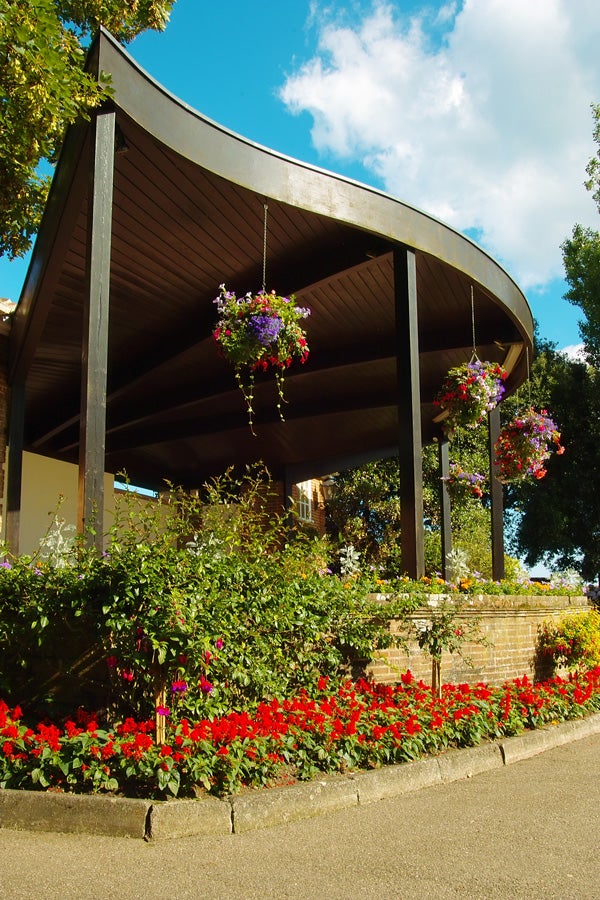
The SD14’s colour reproduction has a quality similar to slide film.
—-
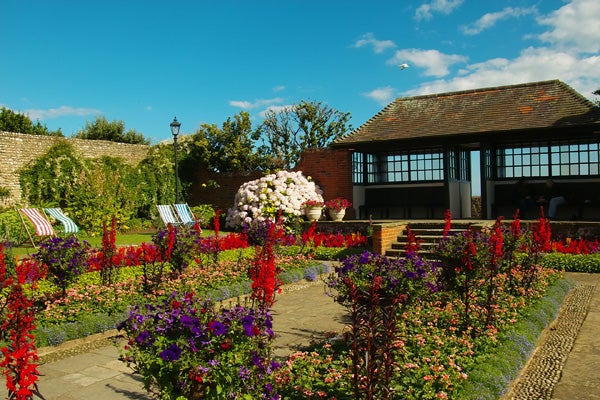
Rich saturated colours and high dynamic range.
—-
Trusted Score
Score in detail
-
Value 7
-
Image Quality 10
Features
| Camera type | Digital SLR |
| Megapixels (Megapixel) | 14 Megapixel |
| Optical Zoom (Times) | By lensx |

